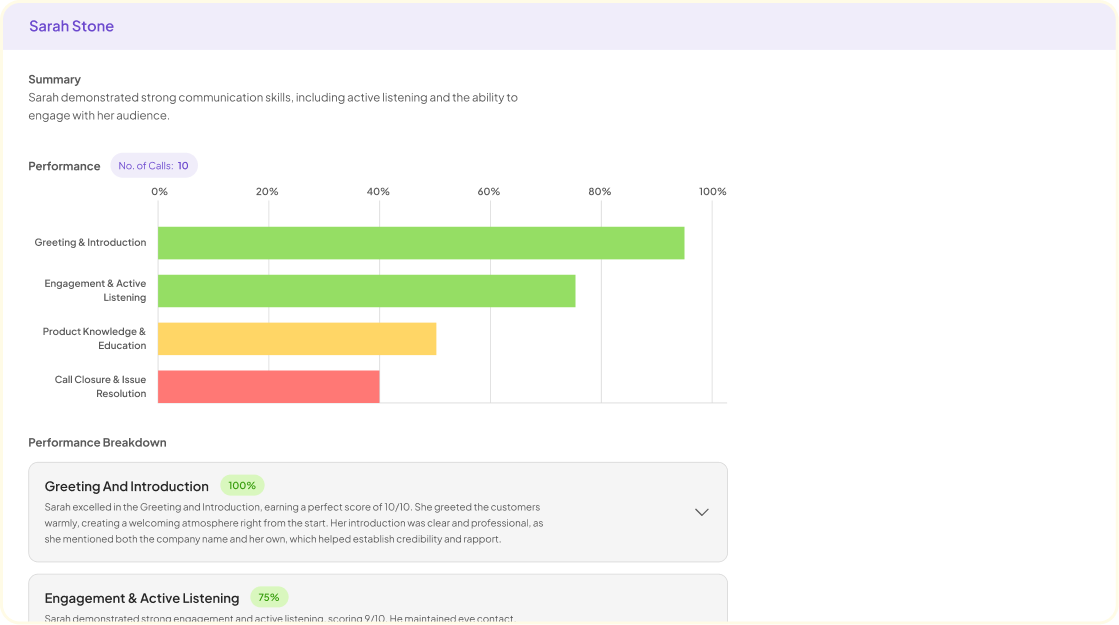Understanding your customers is crucial for developing products and services that truly resonate. Customer insights tools play a vital role in capturing qualitative feedback, allowing businesses to uncover the thoughts and feelings behind customer behaviors. By utilizing these tools effectively, organizations can gain deeper insights into their target audience, elevating their decision-making processes.
These tools facilitate the collection of rich qualitative data through interviews, surveys, and focus groups. As a result, companies can identify pain points, desires, and themes that inform product development and enhance customer experience. Ultimately, implementing customer insights tools fosters a proactive approach to understanding customer needs, driving better outcomes in competitive markets.
Harnessing Customer Insights Tools for In-Depth Understanding
Customer insights tools are essential for gaining a deep understanding of customer needs and preferences. By utilizing interviews and feedback, businesses can extract meaningful insights that reveal pain points and desires. For instance, customer interviews can provide direct quotes and relevant evidence, enabling teams to identify key themes that may affect product development or service delivery.
To fully harness the power of these tools, consider incorporating a structured approach. First, regularly conduct interviews to gather fresh data, ensuring diverse perspectives. Second, organize the findings into projects, allowing for efficient analysis of multiple interactions at once. Lastly, summarize the insights with key themes and relevant keywords to create actionable strategies. These steps help transform raw feedback into valuable intelligence that can drive customer-centric decision-making.
Exploring the Role of Surveys and Interviews
Surveys and interviews play a vital role in gathering qualitative customer feedback, offering unique insights that quantitative data may overlook. These methods allow companies to delve deeper into the experiences and perceptions of their customers. Surveys can efficiently collect data from a broad audience, while interviews provide a platform for nuanced conversations that reveal the underlying motivations and feelings driving customer behaviors.
In exploring the role of these customer insights tools, it's essential to consider their specific advantages. First, they foster a better understanding of customer needs, guiding product development and service enhancements. Second, they encourage open dialogue, creating a sense of connection between customers and businesses. Lastly, when combined effectively, these tools can facilitate actionable insights that drive strategic decision-making, ensuring organizations remain competitive in a rapidly changing market.
Advantages of Open-Ended Feedback
Open-ended feedback offers unique advantages that can significantly enhance customer insights tools. Unlike closed-ended questions, which limit responses, open-ended questions allow customers to express their thoughts freely. This freedom often leads to richer and more nuanced responses, uncovering valuable insights that might otherwise be overlooked.
One primary benefit of open-ended feedback is its ability to capture the customers' authentic feelings and experiences. By asking respondents to elaborate on their feelings, businesses can identify pain points and areas for improvement. Additionally, this form of feedback can reveal emerging trends and customer preferences that quantitative data might miss. Finally, open-ended responses foster a deeper connection with customers, showing that their opinions genuinely matter. Thus, incorporating open-ended feedback into customer insights tools can lead to more effective strategies and tailored solutions that resonate with the target audience.
Analyzing Feedback with Advanced Customer Insights Tools
Advanced customer insights tools play a pivotal role in transforming qualitative feedback into actionable strategies. Companies today gather vast amounts of customer data through interviews and conversations. However, traditional methods often fall short in effectively analyzing this information. By employing advanced customer insights tools, organizations can streamline their feedback analysis process, making it quicker and more efficient.
These tools enable businesses to capture customer signals in real-time, helping them stay ahead of the competition. To maximize the benefits of these insights, companies should focus on the following aspects:
- Timeliness: Ensure insights are available promptly to inform decisions.
- Collaboration: Foster teamwork by centralizing insights for easy access.
- Actionability: Transform insights into clear business strategies to drive growth.
By addressing these areas, businesses can turn qualitative feedback into tangible results. Embracing advanced customer insights tools ultimately leads to more informed decision-making and enhanced customer experiences.
Text Analysis and Sentiment Analysis
Text analysis and sentiment analysis are crucial in understanding customer sentiments and behaviors through qualitative data. These methods synthesize feedback from various sources, such as interviews and surveys, to reveal deep insights about customer preferences and experiences. By interpreting this feedback, businesses can draw actionable conclusions that inform product development and marketing strategies.
Customer Insights Tools provide an efficient way to process vast amounts of qualitative data. They help in detecting patterns and trends that may otherwise go unnoticed. The analysis reveals not only what customers are saying but also how they feel about specific aspects of the service or product. This dual approach, exploring both explicit feedback and underlying sentiments, aids businesses in creating a more customer-centric strategy and fostering stronger relationships with their audience.
Leveraging Social Listening for Real-Time Insights
Social listening is a powerful tool for gaining real-time insights into customer perceptions and behaviors. By monitoring social media platforms, brands can gather valuable feedback and identify trends that might not surface through traditional feedback methods. This proactive approach allows companies to respond swiftly to customer needs and concerns, ultimately enhancing customer satisfaction and loyalty.
To effectively harness social listening for insights, focus on the following key areas:
Sentiment Analysis: Analyze the emotions behind customer comments to gauge overall feelings toward your brand. This can reveal areas for improvement.
Trend Identification: Track popular topics and keywords to understand what matters to your audience. This enables timely marketing adjustments.
Competitive Analysis: Observe competitors to benchmark your brand’s perception. Understanding how your brand compares can inform strategic decisions.
Crisis Management: Quickly identify potential public relations issues before they escalate by monitoring negative sentiment in real-time.
By integrating these strategies into your customer insights tools, your brand can turn raw data into actionable strategies that drive success.
Conclusion: Elevating Customer Experience with Powerful Insights Tools
In conclusion, using customer insights tools can significantly elevate customer experiences. By analyzing qualitative feedback, businesses gain deeper understanding of their customers' needs and pain points. This proactive approach enables organizations to make informed decisions that resonate with their audience, ultimately enhancing satisfaction and loyalty.
Moreover, powerful insights tools streamline the process of gathering and analyzing feedback. These solutions transform scattered data into coherent narratives, allowing teams to collaborate effectively. When businesses harness these tools, they not only keep pace with customer expectations but also set themselves apart in a competitive market. Embracing customer insights tools is essential for ongoing success in today's dynamic environment.


